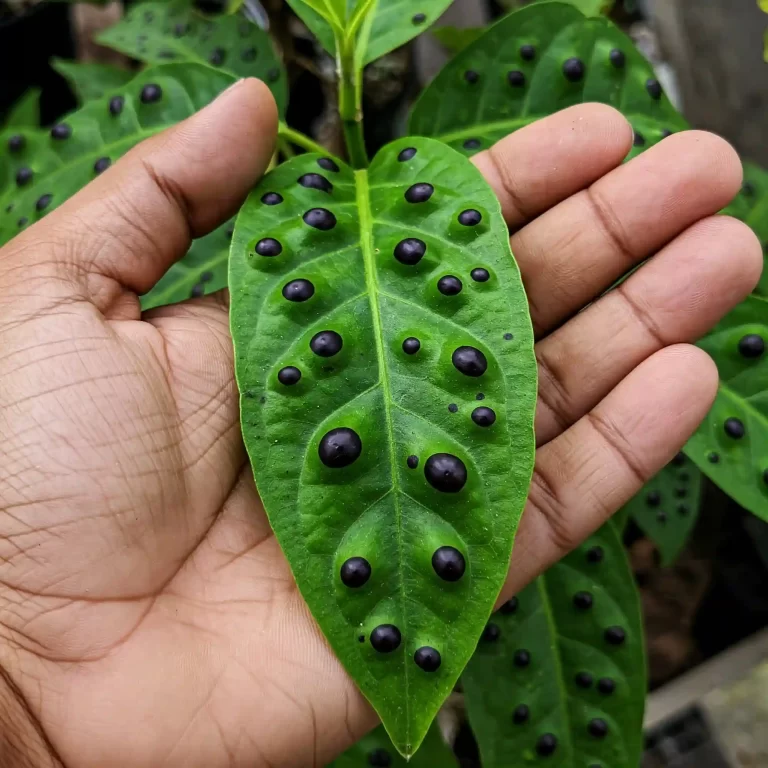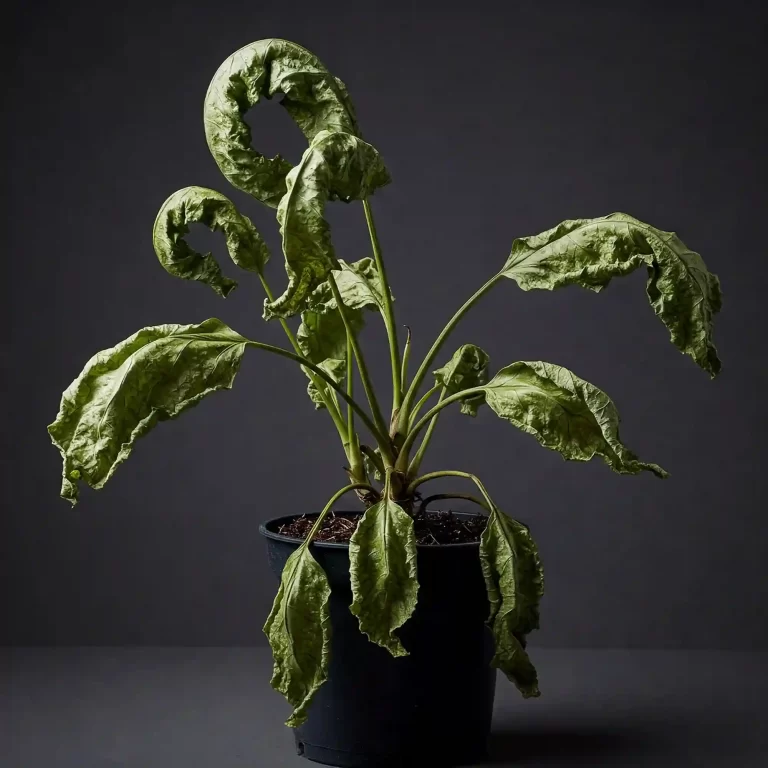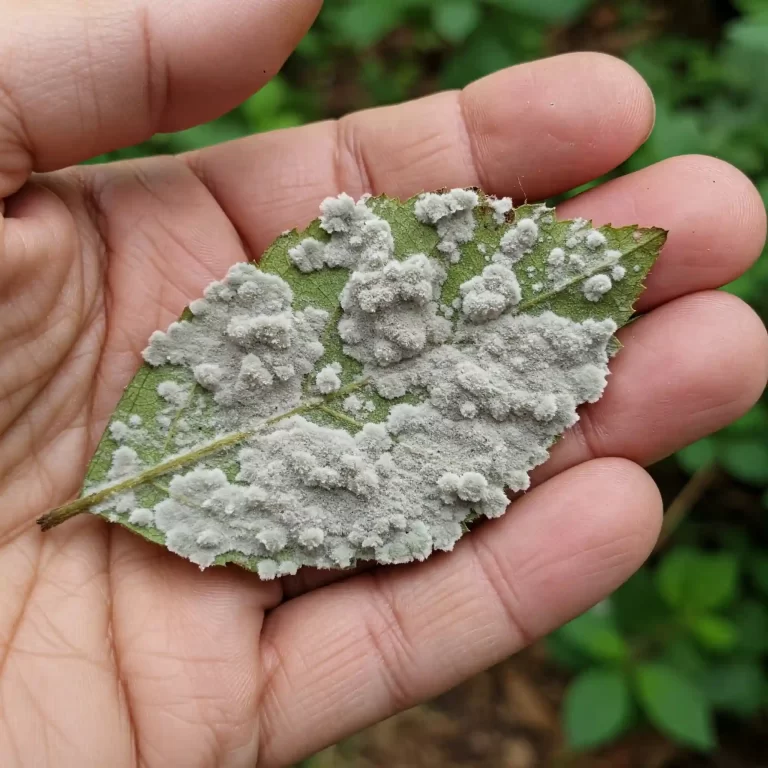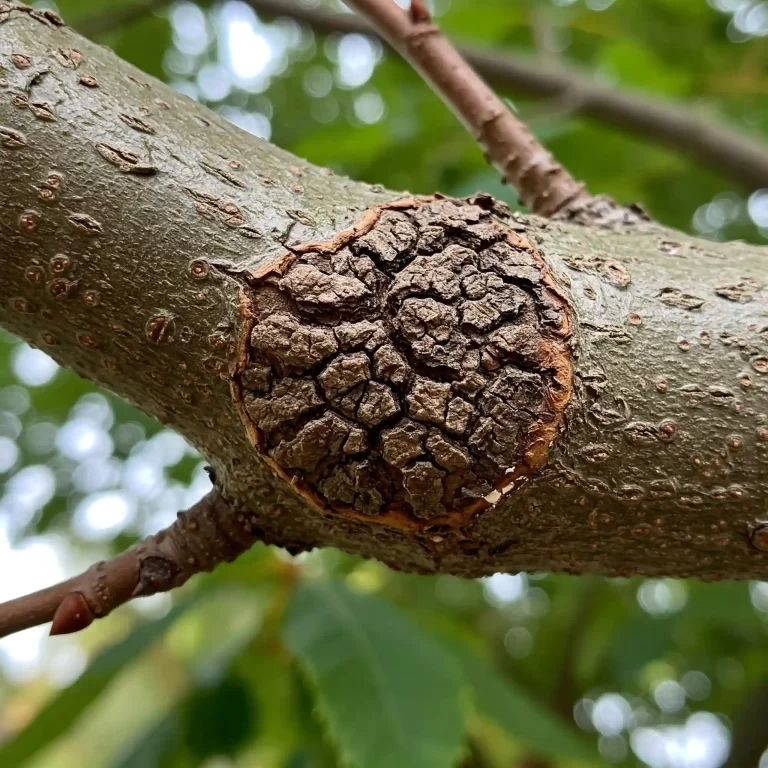| Key Takeaway |
|---|
| The chameleon zz plant is a new and colorful variety of the zz plant that has leaves that change from yellow to green as they mature. It is a hardy and low-maintenance houseplant that can brighten up your space with minimal fuss. To care for your chameleon zz plant, you need to: |
| – Provide medium to bright indirect light, but avoid direct sunlight |
| – Water only when the top 2 inches of the soil feel dry, and use a well-draining potting mix and a pot with drainage holes |
| – Fertilize once a month during the growing season with a balanced liquid fertilizer diluted to half strength, and do not fertilize in winter |
| – Prune to remove any dead or damaged leaves or stems, and to maintain its shape and size |
| – Propagate by stem cuttings or rhizome division |
| – Avoid common problems such as leaf drop, leaf curl, leaf yellowing, leaf browning, and pests |
Introduction and Care Requirements
If you’re looking for a houseplant that can brighten up your space with minimal fuss, look no further than the chameleon zz plant. This plant is a new and colorful variety of the zz plant, which is known for its hardiness and low maintenance. The chameleon zz plant has glossy and waxy leaves that change from yellow to green as they mature, creating a striking contrast and a mesmerizing effect.
The zz plant, or Zamioculcas zamiifolia, is a tropical plant that originates from Africa. It has thick stems called rhizomes that store water and nutrients, allowing it to survive droughts and neglect. It also has oval-shaped leaves that are shiny and green, giving it a polished and elegant look.
The chameleon zz plant is a cultivar of the zz plant that was discovered by a plant breeder named Michael Kerry Rimland in Thailand. He noticed a mutation in a zz plant that had variegated foliage that changed color from yellow to green. He patented the plant and named it the chameleon zz plant. He also partnered with Costa Farms, the exclusive producer and distributor of the plant.
In this article, you will learn how to grow and maintain a chameleon zz plant, a captivating and low-maintenance houseplant that will add a splash of color and charm to your home. You will learn about the basic care requirements, such as light, water, soil, fertilizer, and pruning. You will also learn how to propagate the plant by stem cuttings or rhizome division, and how to avoid common problems, such as leaf drop, leaf curl, leaf yellowing, leaf browning, and pests.
How to Care for Chameleon ZZ Plant
The chameleon zz plant is not a fussy plant, and it can thrive in a variety of conditions. However, it does have some preferences that you should follow to keep it healthy and happy. Here are some tips on how to care for your chameleon zz plant:
Light
Being a tropical plant, the chameleon zz plant loves warm and humid conditions, but don’t worry, it can also tolerate dry and cool environments. It can also adapt to different levels of light, from low to high. However, it prefers medium to bright indirect light, as this will bring out the best color and growth of the plant.
You should place your chameleon zz plant near a window that receives medium to bright indirect light, but avoid direct sunlight, as it can scorch the leaves and cause them to lose their variegation. You can also use artificial light, such as fluorescent or LED bulbs, to supplement the natural light.
You should also rotate your chameleon zz plant every once in a while, to ensure even exposure and growth. If you notice that your plant is leaning or stretching towards the light source, it means that it is not getting enough light, and you should move it to a brighter spot.
Water
You might be wondering, how often should I water my chameleon zz plant? Well, the answer is, not too often. The plant has thick stems called rhizomes that store water and nutrients, so it can survive droughts and neglect. In fact, it is more likely to suffer from overwatering than underwatering, as overwatering can cause root rot and leaf drop.
You should water your chameleon zz plant only when the top 2 inches of the soil feel dry to the touch. You can use your finger or a moisture meter to check the soil moisture. You should also use a well-draining potting mix and a pot with drainage holes to prevent waterlogging. You can use a general-purpose potting mix, or make your own by mixing equal parts of peat moss, perlite, and sand.
You should water your chameleon zz plant thoroughly, until the water drains out of the bottom of the pot. You should then discard any excess water that collects in the saucer, as this can cause the roots to rot. You should also avoid getting water on the leaves, as this can cause fungal infections or leaf spots.
You should water your chameleon zz plant less frequently in winter, when the plant is dormant and the growth is slower. You should also reduce the watering if the plant is in a low-light or cool environment, as this will slow down the evaporation and the water uptake.
Soil
The chameleon zz plant is not picky about the soil, as long as it is well-draining and aerated. You can use a general-purpose potting mix, or make your own by mixing equal parts of peat moss, perlite, and sand. You can also add some compost or worm castings to enrich the soil and provide some organic matter.
You should repot your chameleon zz plant every 2 to 3 years, or when the plant outgrows its pot. You should choose a pot that is slightly larger than the previous one, and has drainage holes. You should also use fresh potting mix, and gently loosen the roots before planting. You should water the plant well after repotting, and keep it in a shady spot for a few days to help it adjust.
Fertilizer
The chameleon zz plant is not a heavy feeder, and it can survive without fertilizer for a long time. However, it can benefit from some fertilizer during the growing season, which is spring and summer. This will help the plant produce more leaves and enhance its color.
You should fertilize your chameleon zz plant once a month during the growing season with a balanced liquid fertilizer diluted to half strength. You can use a 10-10-10 or a 20-20-20 formula, or any other balanced fertilizer that contains equal amounts of nitrogen, phosphorus, and potassium. You should follow the instructions on the label, and apply the fertilizer to the soil, not the leaves.
You should not fertilize your chameleon zz plant in winter, when the plant is dormant and the growth is slower. You should also not overfertilize your plant, as this can cause leaf yellowing, leaf burn, or root damage.
Pruning
The chameleon zz plant is a slow-growing plant, and it does not need much pruning. However, you may want to prune your plant to remove any dead or damaged leaves or stems, and to maintain its shape and size. You can also prune your plant to encourage bushier growth, or to propagate new plants.
You should prune your chameleon zz plant with clean and sharp scissors or pruners, to avoid infection or injury. You should cut the leaves or stems at the base, near the soil level. You should also sterilize your tools before and after pruning, by wiping them with alcohol or bleach.
You can prune your chameleon zz plant anytime of the year, but the best time is in spring or summer, when the plant is actively growing and can heal faster. You should also avoid pruning more than one-third of the plant at a time, as this can stress the plant and reduce its vigor.
Propagation Methods and Common Problems
Propagating the chameleon zz plant is like creating a mini rainbow in your home. You can multiply the beauty and joy of this plant by sharing it with your friends and family, or by adding more plants to your collection. The chameleon zz plant offers you two ways to propagate it, either by stem cuttings or by rhizome division.
How to Propagate Chameleon ZZ Plant
Stem Cuttings
The stem cutting method is a slow but sure way to propagate the chameleon zz plant. You just need to snip, plant, and wait. The cutting will eventually sprout new roots and leaves, and reward you with a new plant. Here are the steps to follow:
- Choose a healthy stem with at least two leaves from the mother plant. You can use a variegated or a green leaf, depending on your preference. However, avoid using variegated leaves, as they may not retain their color in the new plant.
- Cut the stem with clean and sharp scissors or pruners, about an inch below the lowest leaf. You can also cut the stem into smaller sections, each with one or two leaves, to make more plants.
- Let the cutting dry for a few days, until a callus forms over the cut end. This will prevent rotting and infection.
- Plant the cutting in moist potting mix, about an inch deep. You can use the same potting mix as the mother plant, or make your own by mixing equal parts of peat moss, perlite, and sand.
- Keep the cutting in a warm and bright location, but avoid direct sunlight. You can also cover the pot with a plastic bag or a dome to create a humid environment and speed up the rooting process.
- Water the cutting sparingly, only when the soil feels dry. Do not overwater, as this can cause rotting or fungal growth.
- Wait patiently for the cutting to root and grow. This may take several weeks or months, depending on the temperature, light, and humidity. You can check the rooting progress by gently tugging the cutting. If you feel some resistance, it means that the cutting has rooted.
- Once the cutting has rooted, you can remove the plastic cover and treat the plant as a normal chameleon zz plant. You can also transplant the cutting to a larger pot if needed.
Rhizome Division
The rhizome division method is a fast and easy way to propagate the chameleon zz plant. You just need to split, plant, and water. The rhizomes will quickly adapt to their new pots, and grow into new plants. Here are the steps to follow:
- Gently remove the mother plant from its pot, and shake off the excess soil. You will see the rhizomes, which are the thick underground stems that store water and nutrients for the plant.
- Separate the rhizomes with a sharp knife, making sure that each rhizome has at least one stem and one leaf attached. You can also sterilize the knife with alcohol or bleach before and after cutting, to prevent infection or disease.
- Plant the rhizomes in fresh potting mix, about 2 inches deep. You can use the same potting mix as the mother plant, or make your own by mixing equal parts of peat moss, perlite, and sand.
- Water the rhizomes well, and keep them in a warm and bright location, but avoid direct sunlight. You can also mist the leaves regularly, to increase the humidity and encourage the growth.
- Watch the rhizomes grow into new plants. This may take a few weeks or months, depending on the size and health of the rhizomes. You can also fertilize the rhizomes once a month with a balanced liquid fertilizer diluted to half strength, to boost their growth.
How to Avoid Common Problems of Chameleon ZZ Plant
The chameleon zz plant is a resilient and robust plant, and it can resist most diseases and pests. However, it may still encounter some problems, such as leaf drop, leaf curl, leaf yellowing, leaf browning, and pests. These problems are usually caused by improper care, such as overwatering, under watering, overfertilizing, under fertilizing, or exposure to extreme temperatures or light. Here are some tips on how to avoid and solve these problems:
| Problem | Cause | Solution |
|---|---|---|
| Leaf drop | Overwatering, underwatering, or temperature stress | Water the plant only when the soil is dry, and keep it away from drafts or heaters |
| Leaf curl | Low humidity, high light, or pests | Mist the plant regularly, move it to a shadier spot, or treat it with insecticidal soap or neem oil |
| Leaf yellowing | Overfertilizing, nutrient deficiency, or variegation | Fertilize the plant sparingly, use a balanced fertilizer, or embrace the natural color change of the plant |
| Leaf browning | Sunburn, salt buildup, or fungal infection | Avoid direct sunlight, flush the soil with water, or remove the affected leaves and stems |
| Pests | Mealybugs, scale insects, spider mites, or aphids | Inspect the plant regularly, wipe the leaves with a damp cloth, or use a natural or chemical pesticide |
Are you noticing some leaves falling off your chameleon zz plant? Don’t panic, it’s not the end of the world. It could be due to overwatering, underwatering, or temperature stress. The chameleon zz plant can tolerate some leaf drop, as it can regrow new leaves from the rhizomes. However, you should check the soil moisture, and adjust the watering accordingly. You should also keep the plant away from drafts or heaters, as they can cause sudden changes in temperature that can shock the plant.
Is your chameleon zz plant curling its leaves? That’s not a good sign. It could be due to low humidity, high light, or pests. The chameleon zz plant prefers a humid environment, as it mimics its natural habitat in the tropics. You can increase the humidity by misting the plant regularly, placing it near a humidifier, or grouping it with other plants. You can also move the plant to a shadier spot, as high light can dry out the leaves and cause them to curl. You should also inspect the plant for any signs of pests, such as bugs, webs, or sticky residue. If you find any, you should treat the plant with insecticidal soap or neem oil, or use a natural or chemical pesticide.
Are you seeing some yellow leaves on your chameleon zz plant? Don’t worry, it’s not a disease. It could be due to overfertilizing, nutrient deficiency, or variegation. The chameleon zz plant does not need much fertilizer, and too much can cause leaf yellowing, leaf burn, or root damage. You should fertilize the plant sparingly, once a month during the growing season, and use a balanced fertilizer that contains equal amounts of nitrogen, phosphorus, and potassium. You should also avoid using tap water, as it may contain salts or chlorine that can harm the plant. You should use distilled, filtered, or rain water instead. However, if the plant is not fertilized enough, it may also show yellow leaves, as it lacks the nutrients it needs to grow and thrive. You should use a balanced fertilizer, and follow the instructions on the label. You should also check the soil pH, and make sure it is between 6 and 7, as this is the optimal range for the plant. You can use a pH meter or a pH test kit to measure the soil pH, and adjust it with lime or sulfur if needed. Another possible cause of yellow leaves is variegation, which is the natural color change of the plant. The chameleon zz plant has leaves that change from yellow to green as they mature, creating a stunning and unique effect. This is not a problem, but a feature of the plant. You should embrace the variegation, and enjoy the beauty and diversity of the plant.
Are you spotting some brown spots or edges on your chameleon zz plant? That’s a bummer. It could be due to sunburn, salt buildup, or fungal infection. The chameleon zz plant can tolerate some sun, but not too much. Too much sun can scorch the leaves and cause them to lose their color and turn brown. You should avoid direct sunlight, and place the plant in a medium to bright indirect light. You should also avoid placing the plant near a window that magnifies the sun rays, as this can also burn the leaves. Another possible cause of brown spots or edges is salt buildup, which can occur from overfertilizing, using tap water, or not flushing the soil. Salt buildup can dehydrate the plant and cause leaf browning. You should flush the soil with water every few months, to wash away the excess salts. You should also use distilled, filtered, or rain water, and fertilize the plant sparingly. A third possible cause of brown spots or edges is fungal infection, which can occur from overwatering, poor drainage, or high humidity. Fungal infection can spread quickly and damage the plant. You should remove the affected leaves and stems, and dispose of them properly. You should also improve the drainage and aeration of the soil, and reduce the watering and humidity. You can also use a fungicide or a homemade solution of baking soda and water, to treat the infection and prevent it from spreading.
Are you finding some bugs or webs on your chameleon zz plant? That’s gross. It could be due to mealybugs, scale insects, spider mites, or aphids. These are common pests that can infest the plant and suck the sap from the leaves and stems. They can also transmit diseases and viruses, and weaken the plant. You should inspect the plant regularly, and look for any signs of pests, such as white cottony masses, brown or black bumps, fine webs, or tiny green or black insects. If you find any, you should treat the plant as soon as possible, before the infestation gets worse. You can use a damp cloth or a soft brush to wipe off the pests, or use a strong spray of water to dislodge them. You can also use a natural or chemical pesticide, such as insecticidal soap, neem oil, or pyrethrin, to kill the pests and prevent them from coming back. You should follow the instructions on the label, and apply the pesticide to the entire plant, not just the affected parts. You should also isolate the infected plant from other plants, to avoid spreading the pests.
Conclusion
As you can see, the chameleon zz plant is a remarkable and exceptional houseplant that will add a splash of color and charm to your home. You just need to follow some simple care tips, such as providing adequate light, water, soil, fertilizer, and pruning, and avoid some common problems, such as leaf drop, leaf curl, leaf yellowing, leaf browning, and pests. You can also propagate the plant by stem cuttings or rhizome division, and share the beauty and joy of this plant with your friends.



